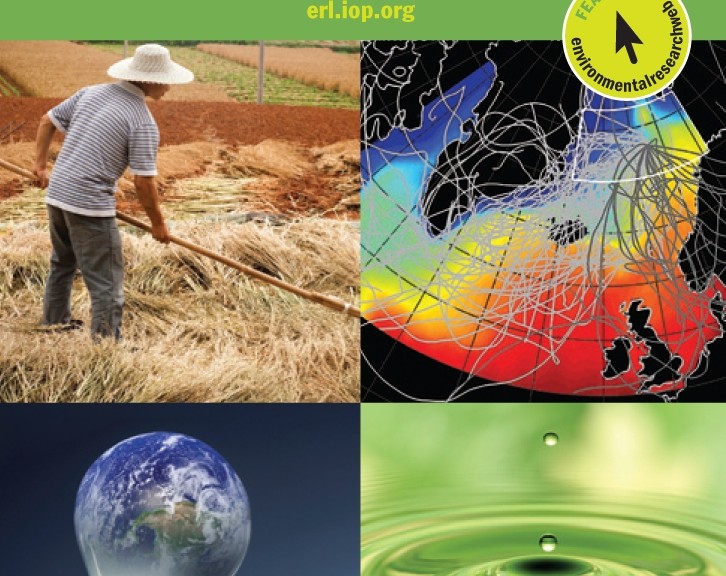I get asked to review half a dozen times a year. I turn down a good few if I am under too much pressure at work or feel its is a shade out of scope.
The concept of Publons sounds great. Merit for hard work. Reviewing manuscripts is intellectually demanding, time consuming and unremunerated. It is generally thought of a part of your #academic citizenry duties and partly`justified if you want a sneak peak at upcoming papers.
Reviewing is not fallible and journals do retract papers due to fraud, ethical violations, and plagiarism. I am not sure what happens to a reviewer’s reputation when that happens, especially if they have given up their anonymity.
Reviewers control how each review is displayed on their profile (blind, open, or published), and can add both pre-#publication reviews they do for journals and post-publication reviews of any article.
Giving #credit for peer review allows researchers to build their academic reputation through their peer review activity. The hypothesis is that when reviewers get official recognition for their work, they are more willing to accept review requests, more willing to prioritise time to do the review quicker, and more likely to do a comprehensive review. In short, they are more willing to put aside their own research to selflessly help with someone else’s.
Welcome to the Publons community! To get a feel for Publons, try adding a few reviews to get an idea of how your profile, stats, and official reviewer report will look. You could also start forwarding your review receipts, browse the top reviewers, and see where your university sits on the university leaderboard.
By default, when a review is added to your profile only the journal and the month of the review are shown (e.g. “Richard Feynman reviewed for Reviews of Modern Physics during December 1947”). All identifying information is kept hidden from the public, unless you explicitly choose to share it. You personally can see all additional details of your review record (and make changes to what is displayed for each review) from the review history tab on your dashboard.
We work with peer reviewers, editors, and publishers to motivate reviewers by giving credit for peer review. For peer reviewers, Publons provides a way to get credit for their contributions (without breaking reviewer anonymity) in a format they can include in job and funding applications.



